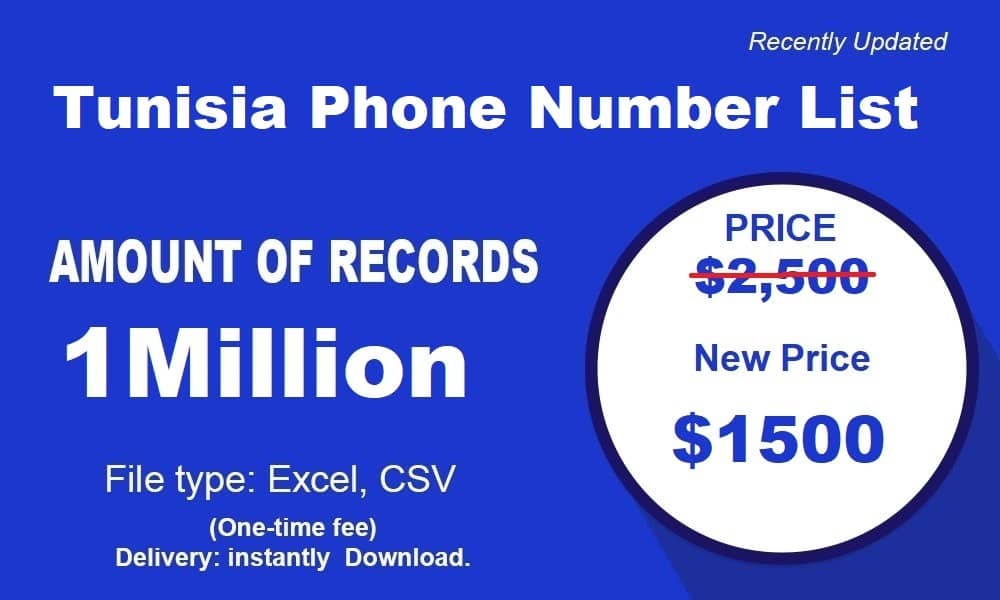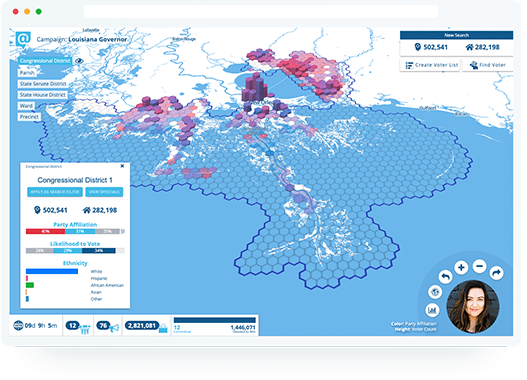

Lastly, notification refers to the cost of notifying regulators, stakeholders, and other third parties.


Post breach response includes costs such as legal expenditures, issuing new accounts or credit cards (in the case of financial institutions), and other monitoring services. Second is detection and escalation, including investigative activities, audit services, and communications to stakeholders. The greatest cost of a data breach is lost business, which results from system downtimes, reputational losses, and lost customers. The following table breaks this figure into four components: Cost Component Research from IBM determined that the average data breach cost businesses $4.2 million in 2021, up from $3.6 million in 2017. In this infographic from Global X ETFs, we highlight three major trends that are shaping the future of the cybersecurity industry that investors need to know. It’s likely even higher today, as multiple sources have recorded an increase in the frequency and sophistication of cyberattacks during the pandemic.

In 2020, the global cost of cybercrime was estimated to be around $945 billion, according to McAfee. Thematic Investing: 3 Key Trends in Cybersecurity It’s a subtle difference that manifests itself in a big way numerically.Ĭorrection: Graphic updated to reflect the average value of an NBA team. $1.00 per call option, multiplied by 100 shares). a call to buy 100 shares at the price of $50 per share), while gross market value measures the price of the derivative security itself (i.e. Notional value represents the position or obligation of the contract (i.e. However, it’s worth mentioning that because of their non-tangible nature, the value of financial derivatives are measured in two very different ways.
#Visualize numbers full
Here’s our full list, which sums up all of the world’s money and markets, from the smallest to the biggest, along with sources used: Categoryĭerivatives top the list, estimated at $1 quadrillion or more in notional value according to a variety of unofficial sources. For example, the annual revenues of Wells Fargo ($103.9 billion) would just exceed one square, while Facebook’s would squeeze in with room to spare ($70.7 billion). In fact, the entire annual GDP of Cuba could fit in one square ($97 billion), and the Greek economy would be roughly two squares ($203 billion).Īlternatively, if you’re contrasting this unit to numbers found within Corporate America, there are useful comparisons there as well. In the above data visualization, we even the playing field by using a common denominator to put the world’s money and markets all on the same scale and canvas.Įach black square on the chart is worth $100 billion, and is not a number to be trifled with: Given the scale of these new numbers-how can we relate them back to the more conventional numbers and figures that we may be more familiar with? Introducing the $100 Billion Square Meanwhile, the Fed has announced “open-ended” asset-buying programs to support the economy, which will add even more to its current $7 trillion balance sheet. budget deficit this year, for example, is projected to hit $3.8 trillion, which would be more than double the previous record set during the financial crisis ($1.41 trillion in FY2009). In the current economic circumstances, there are some pretty large numbers being thrown around by both governments and the financial media. It is a geometric fact that the volume of the parallelepiped is $d!$ times the volume of the simplex, and the volume of the parallelepiped is $|\det V|$ where $V$ is the matrix of the vectors that span the parallelepiped.All of the World’s Money and Markets in One Visualization \bullet \bullet \bullet \bullet \diamond $$ \bullet \bullet \bullet \bullet \diamond \\ Remove a square with sided $n$ from a square with sides $n+1$ leaves the top row ($n+1$) and the right row without the top ($n$) (done here with diamonds and bullets for $n = 4$). For example:Ĭan be visualized by squares. Often in basic mathematics, we can visualize things very easily, which I believe helps understanding (instead of just working out a number theoretical proof).


 0 kommentar(er)
0 kommentar(er)
